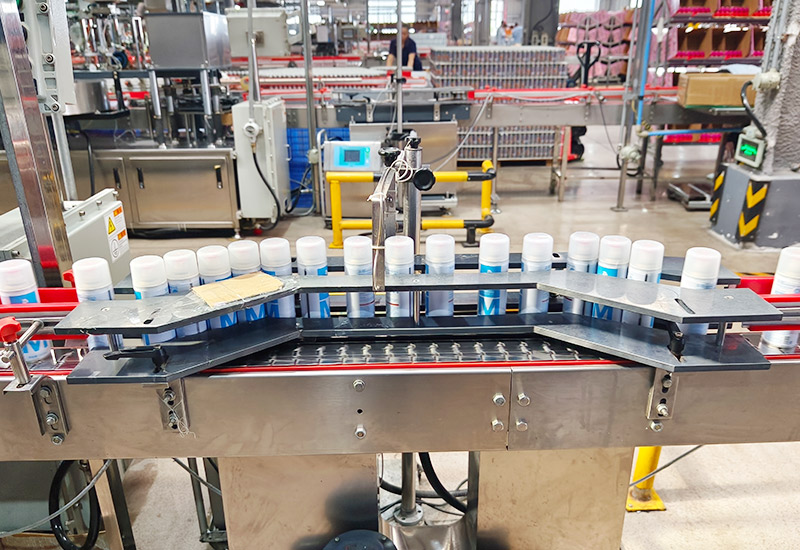15 Years Professional manufacturer focusing on R&D, production and sales of aerosol product.
 +86 199 5793 1696
+86 199 5793 1696 [email protected]
[email protected]
15 Years Professional manufacturer focusing on R&D, production and sales of aerosol product.
 +86 199 5793 1696
+86 199 5793 1696 [email protected]
[email protected]A recent industry study has shed light on the evolving safety standards of aerosol cleaning products used in heating, ventilation, and air conditioning (HVAC) maintenance. Among the highlighted products were the widely used Air Conditioner Cleaner and the increasingly popular foam spray window cleaner. These aerosol solutions have long been a staple for both residential and commercial environments, and the study’s findings suggest that recent updates in formulation and packaging have significantly improved their safety profiles.

Researchers focused on how modern aerosol products have been reformulated to reduce health risks during use. The Air Conditioner Cleaner, in particular, has undergone noticeable changes. Previously, users expressed concern over strong chemical odors and irritation during prolonged exposure. The new formulations address these concerns by incorporating milder solvents and propellants, which are less likely to cause respiratory discomfort or skin reactions when used as directed.
The study also reviewed the safety aspects of the foam spray window cleaner, a product commonly used in both households and offices. While its primary function is to clean glass surfaces, its aerosol format raised questions about flammability and indoor air quality. The report found that manufacturers have moved towards using less volatile organic compounds (VOCs) in the foam spray window cleaner, reducing both environmental and user health risks. Moreover, the inclusion of safer pressure mechanisms in cans further less the likelihood of accidental discharge or combustion.
Another critical factor examined was the usage environment. HVAC systems are often located in confined or hard-to-reach areas, making it essential for products like the Air Conditioner Cleaner to be safe for enclosed space applications. The study noted that newer aerosol designs allow for more targeted spraying, reducing excess mist and limiting unnecessary exposure. This feature is particularly useful in maintenance tasks performed in compact ducts or behind ventilation panels.
In comparison, the foam spray window cleaner benefits from a more open usage setting. Nevertheless, the study emphasized the importance of avoiding prolonged inhalation, especially when used in poorly ventilated indoor environments. To address this, some newer models feature adjustable nozzles that can change the spray pattern, reducing airborne particles and providing users more control during application.
Field testing was another component of the research. Technicians were asked to use both the Air Conditioner Cleaner and foam spray window cleaner across multiple scenarios. They reported a marked improvement in product handling and safety labeling. Clearer instructions and updated warnings were seen as a positive step toward ensuring proper use. Many respondents also appreciated the addition of safety icons and multi-language directions, allowing for broader accessibility.
Waste disposal practices were included in the safety assessment. Both the Air Conditioner Cleaner and foam spray window cleaner were evaluated for their impact after use. Newer packaging materials were found to be more recyclable, and residue toxicity levels were shown to have decreased due to refined chemical compositions. This aligns with growing consumer demand for products that are not only effective but also safer for both users and the environment.
In conclusion, the study underscores how aerosol products used in HVAC and general cleaning tasks have adapted to meet stricter safety standards. Innovations in formulation, design, and labeling have contributed to more responsible product use. Whether applying an Air Conditioner Cleaner in a tight vent or using a foam spray window cleaner on interior glass panels, users now benefit from thoughtful improvements that prioritize health and environmental considerations without compromising on functionality.
Aerosol Spray Manufacturer


